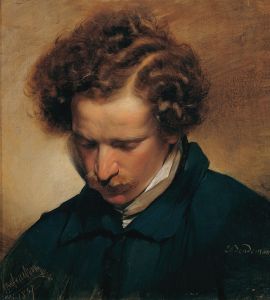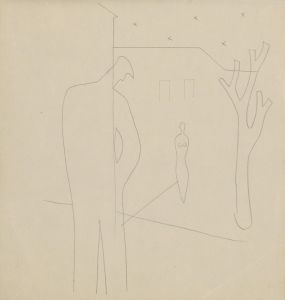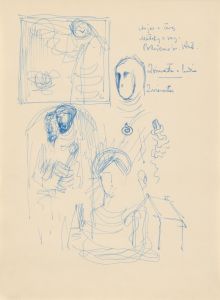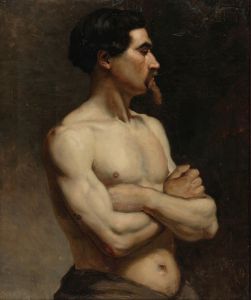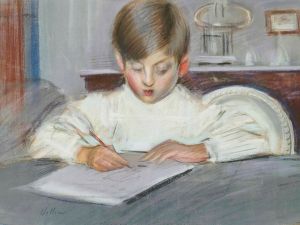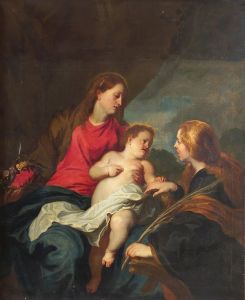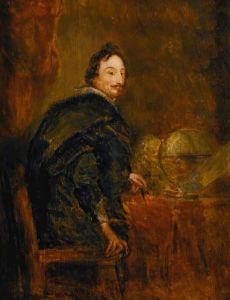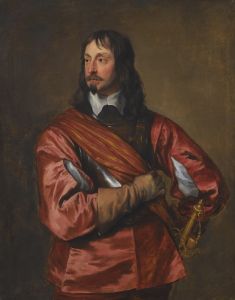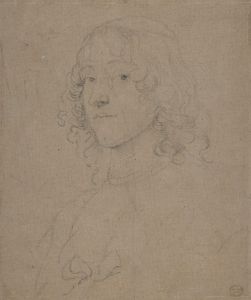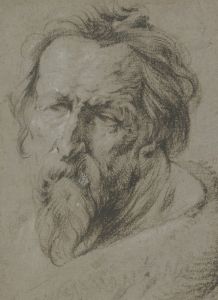
Sheet of Studies of Heads
A hand-painted replica of Anthony van Dyck’s masterpiece Sheet of Studies of Heads, meticulously crafted by professional artists to capture the true essence of the original. Each piece is created with museum-quality canvas and rare mineral pigments, carefully painted by experienced artists with delicate brushstrokes and rich, layered colors to perfectly recreate the texture of the original artwork. Unlike machine-printed reproductions, this hand-painted version brings the painting to life, infused with the artist’s emotions and skill in every stroke. Whether for personal collection or home decoration, it instantly elevates the artistic atmosphere of any space.
Anthony van Dyck, a prominent Flemish Baroque artist, is renowned for his portraits and religious works. Among his various contributions to art, the "Sheet of Studies of Heads" stands out as an exemplary piece showcasing his skill in capturing human expressions and anatomy. This work is a drawing, a medium that van Dyck frequently used to explore and refine his ideas before committing them to canvas.
The "Sheet of Studies of Heads" is a collection of sketches that features multiple head studies, each rendered with meticulous attention to detail. These studies are believed to have been preparatory sketches for larger compositions or portraits. Van Dyck's ability to convey emotion and character through facial expressions is evident in these studies, highlighting his deep understanding of human physiognomy.
Van Dyck's technique in these sketches is characterized by fluid lines and subtle shading, which bring a sense of life and dynamism to the figures. The use of chalk or ink on paper allowed him to experiment with different expressions and angles, providing a glimpse into his creative process. These studies not only served as a foundation for his paintings but also as a testament to his observational skills and artistic intuition.
The "Sheet of Studies of Heads" reflects van Dyck's training and influence under Peter Paul Rubens, one of the leading figures of the Baroque era. Rubens' impact on van Dyck is evident in the latter's emphasis on dramatic expression and movement, elements that are subtly present even in these preliminary sketches. However, van Dyck developed his own distinct style, marked by a softer approach and a focus on the psychological depth of his subjects.
This drawing is part of a larger tradition of artists creating studies as a means of honing their craft. Such sheets were not uncommon during the Renaissance and Baroque periods, as they allowed artists to explore various poses, expressions, and compositions. Van Dyck's studies are particularly valued for their insight into his working methods and his ability to capture the essence of his subjects with minimal means.
The "Sheet of Studies of Heads" is housed in various collections, with some sheets residing in prominent museums and private collections. These drawings are often studied by art historians and enthusiasts alike, as they offer a direct connection to van Dyck's artistic process and his contributions to the development of portraiture.
In summary, Anthony van Dyck's "Sheet of Studies of Heads" is a significant work that exemplifies his mastery of drawing and his ability to convey complex human emotions through simple yet effective sketches. These studies not only served as preparatory works for his paintings but also stand alone as remarkable examples of his skill and artistic vision.





